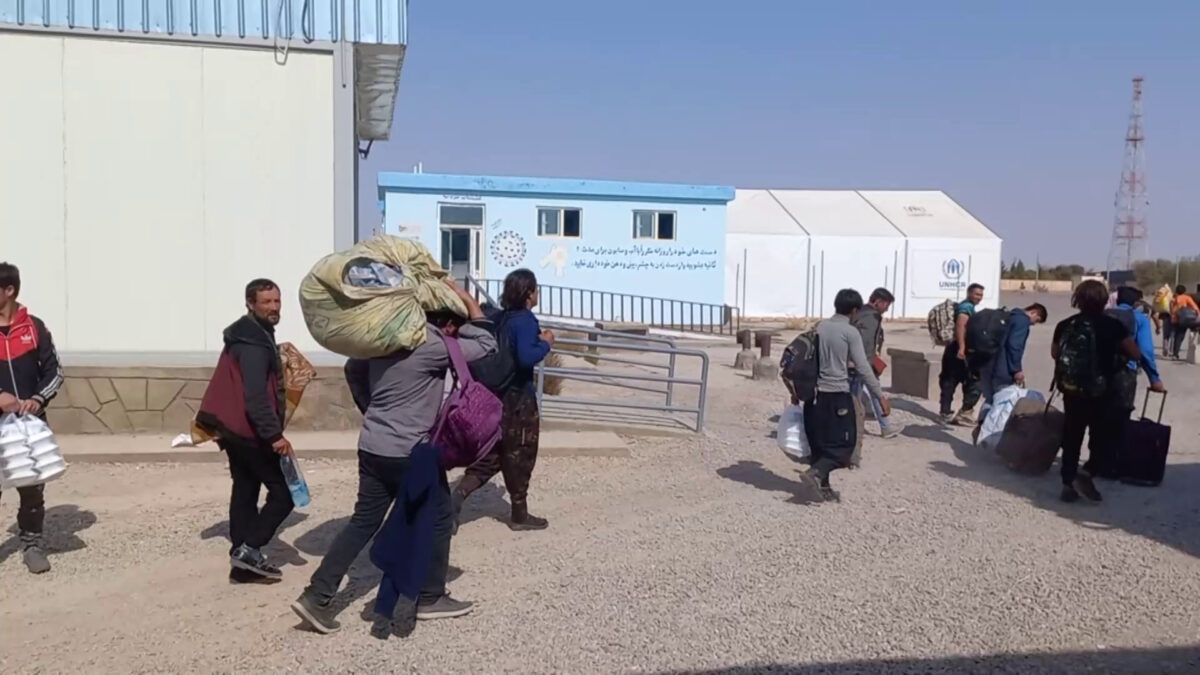Iran has deported more than 559,000 Afghan nationals in 2024, according to the U.N. High Commissioner for Refugees (UNHCR).
This marks an 18 percent increase compared with the estimated 472,000 deportations during the same period in 2023.
The U.N. agency reported that from January to September 2024, it conducted 110,031 monitoring interviews with Afghan migrants, including 97,131 men and 12,900 women. These interviews revealed that many Afghans left their home country due to economic hardship, food insecurity, uncertainty about the future, health issues, restrictions on female education, and a lack of access to essential services.
According to the report, 91 percent of Afghans fleeing to Iran crossed through unofficial border points, with many facing deportation soon after arrival. Iran’s deportations were largely conducted through the Islam Qala and Zaranj crossing points, averaging 2,040 individuals per day.
Rising Migration Amid Regional Challenges
While Iran deported more than half a million undocumented Afghans, an estimated 717,000 Afghans entered Iran legally with valid travel documents during the same period.
Movement to and from neighboring Pakistan also shifted dramatically in 2024. Outflow movements to Pakistan through official crossings have sharply declined since October 2023, when Pakistan restricted entry to those holding passports and visas.
Despite these restrictions, an estimated 720,000 Afghans returned to Afghanistan from Pakistan in 2024, including both deportees and voluntary returnees, UNHCR reported. The uptick followed Pakistan’s enforcement of a deportation policy targeting undocumented Afghans.
Regional Displacement Trends
Overall, migration within the region has remained high. From January to September 2024, an estimated 3.5 million people—predominantly Afghans—moved between Afghanistan, Pakistan, Iran, Tajikistan, Uzbekistan, and Turkmenistan.
The report highlighted significant contrasts in deportation practices among Afghanistan’s neighbors. While no deportations from Tajikistan were recorded in 2024, the UNHCR assisted 12 Afghan refugees deported from the country in 2023.
The economic and political pressures driving migration continue to weigh heavily on Afghans. Many cited stress and uncertainty in their day-to-day lives, compounded by community tensions, child labor, and inadequate services in Afghanistan.
The influx of Afghan migrants into Iran and Pakistan and the large number of deportations underscore the region’s mounting challenges. As conditions in Afghanistan remain volatile, neighboring countries face increasing pressure to manage migration flows while addressing humanitarian needs.
The U.N. continues to monitor migration patterns and advocate for the rights of displaced Afghans amid this complex and rapidly evolving crisis.





